Just wipe them with a fresh cloth and also you will enjoy their luster and attractiveness for a long time. Nobody wants to take a look at all of that stuff and there is truly no demand for it. Several metal brackets are attached to the wall using traditional methods. You have to move anything out of the manner in which in order to clean.
Images about Floating Shelves Bathroom Storage
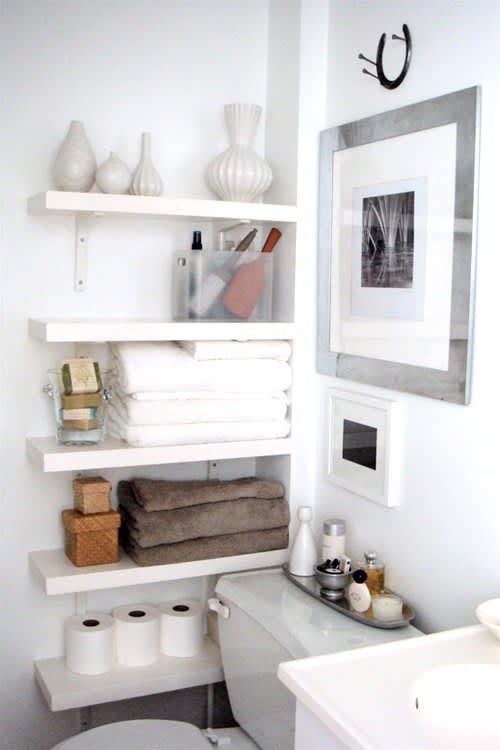
You'll find many different types which buyers can pick from so it's crucial that you determine most of the fundamentals about them as well as which ones would be the most durable and can fit the room the very best. Several of them have sides while others are created with rounded edges.
Laigoo Adhesive Floating Shelves Non-Drilling, Set of 3, Display Picture Ledge Shelf U Bathroom Shelf Organizer for Home/Wall Decor/Kitchen/Bathroom

Frosted or clear glass shelves are best in contemporary bathrooms, but might also be an attractive distinctions to an ornate bathroom. Bathroom shelves however may be narrower and thinner because the greatest thing that they will most likely ever hold is your 32 ounce bottle of shampoo. You have to determine your desired location before mounting your brand-new wall surface racks.
Bathroom Shelf Bathroom Storage Bathroom Organizer Bathroom – Etsy
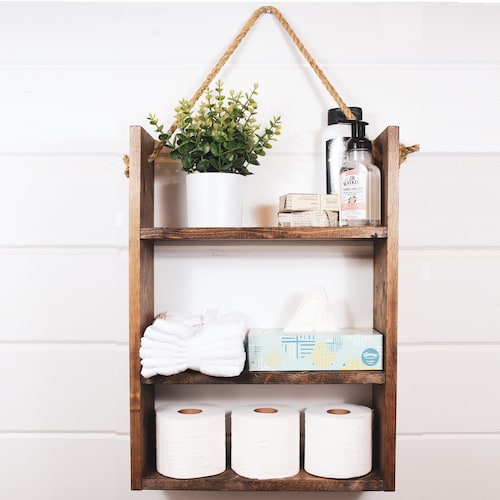
DIY Floating Shelves – How To Build Extra Bathroom Storage

Wood Bathroom Shelf With Towel Bar SET OF 2. Rustic Wall – Etsy
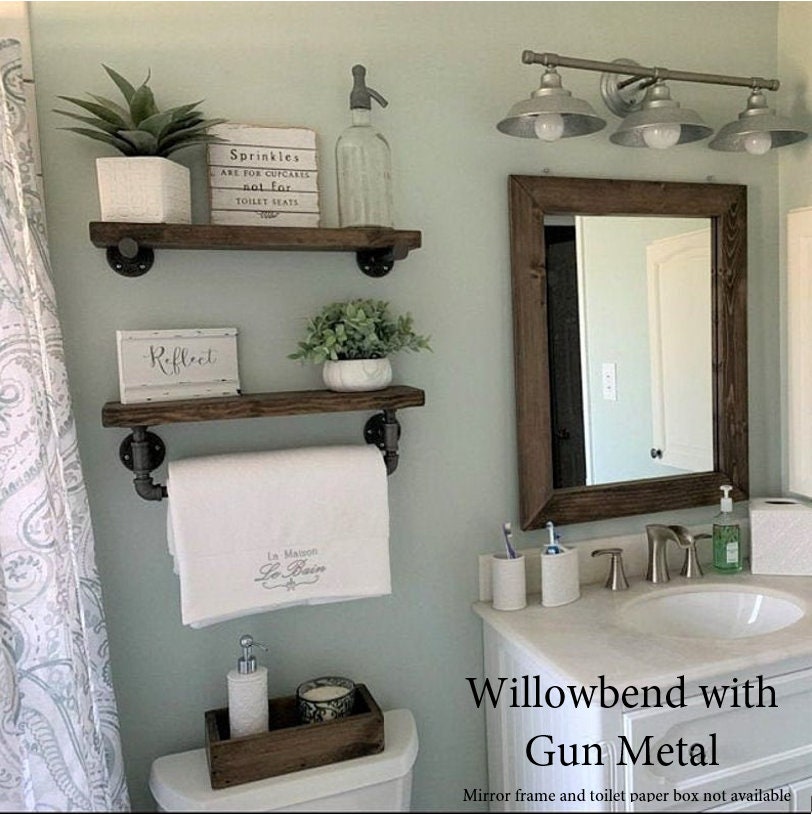
26 SImple Bathroom Wall Storage Ideas – Shelterness
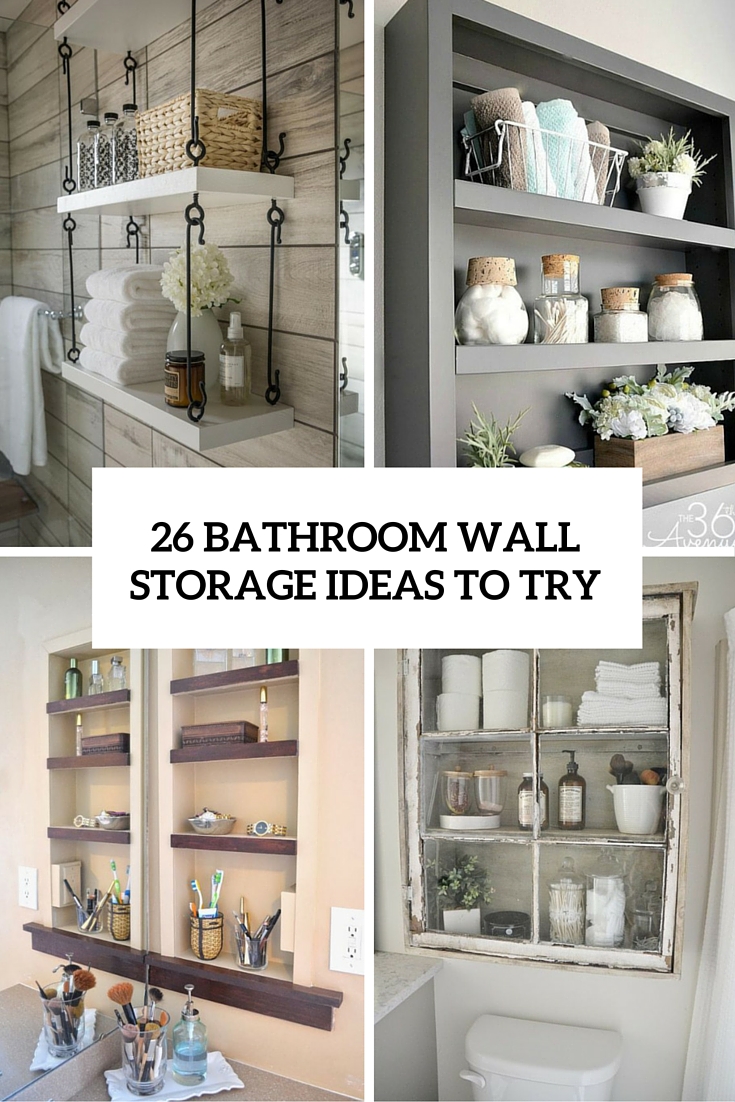
Bathroom Shelf with Towel Bar Set of 2,Bathroom Shelving,Rustic Floating Bathroom Shelves Over Toilet ,Bathroom Wall Organizer Shelf ,Floating Towel

One Floating Shelf Farmhouse Decor Rustic Wood Shelf TWO – Etsy
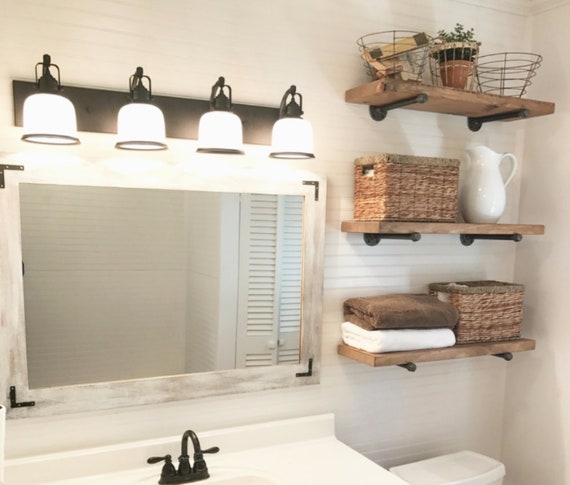
21 Floating Shelves Decorating Ideas – Adorable Wall Shelves

DIY Wall Shelves in the Bathroom – Tutorial – Bob Vila

14 Best Shelves above toilet ideas bathrooms remodel, bathroom

15 Gorgeous Bathroom Floating Shelves Ideas
:max_bytes(150000):strip_icc()/leclairdecorfloatingshelves-cc0632dceff7406b9e706560d2faa641.jpg)
Decorating with Floating Shelves HGTV
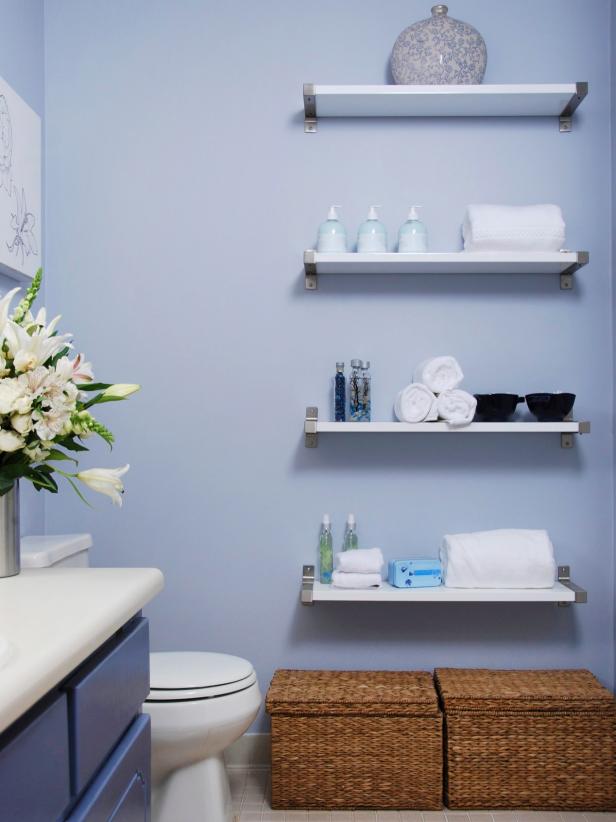
9 Small Bathroom Storage Ideas That Cut the Clutter Overstock.com
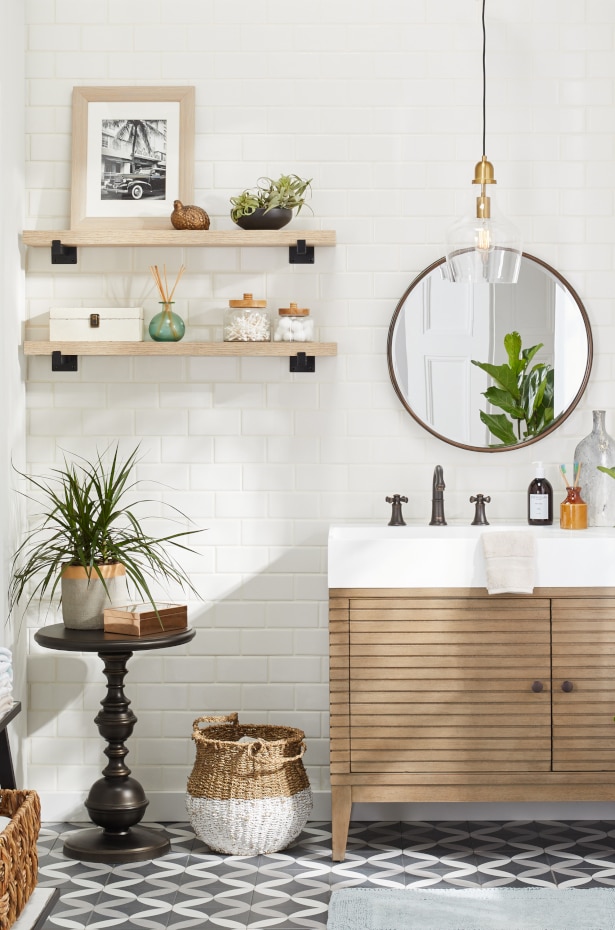
Related Posts:
- Bathroom Shelving Unit Bamboo
- Hobby Lobby Bathroom Shelves
- Bathroom Shelves in Brushed Nickel
- Homemade Shelves For Bathroom
- DIY Bathroom Sink Ideas
- How High Should Floating Shelves Be Above Toilet
- Bathroom Shelf Over Toilet Bronze
- Bathroom Medicine Cabinet Replacement Shelves
- Bathroom Shelf for Behind Toilet
- Wood Bathroom Shelf Over Toilet